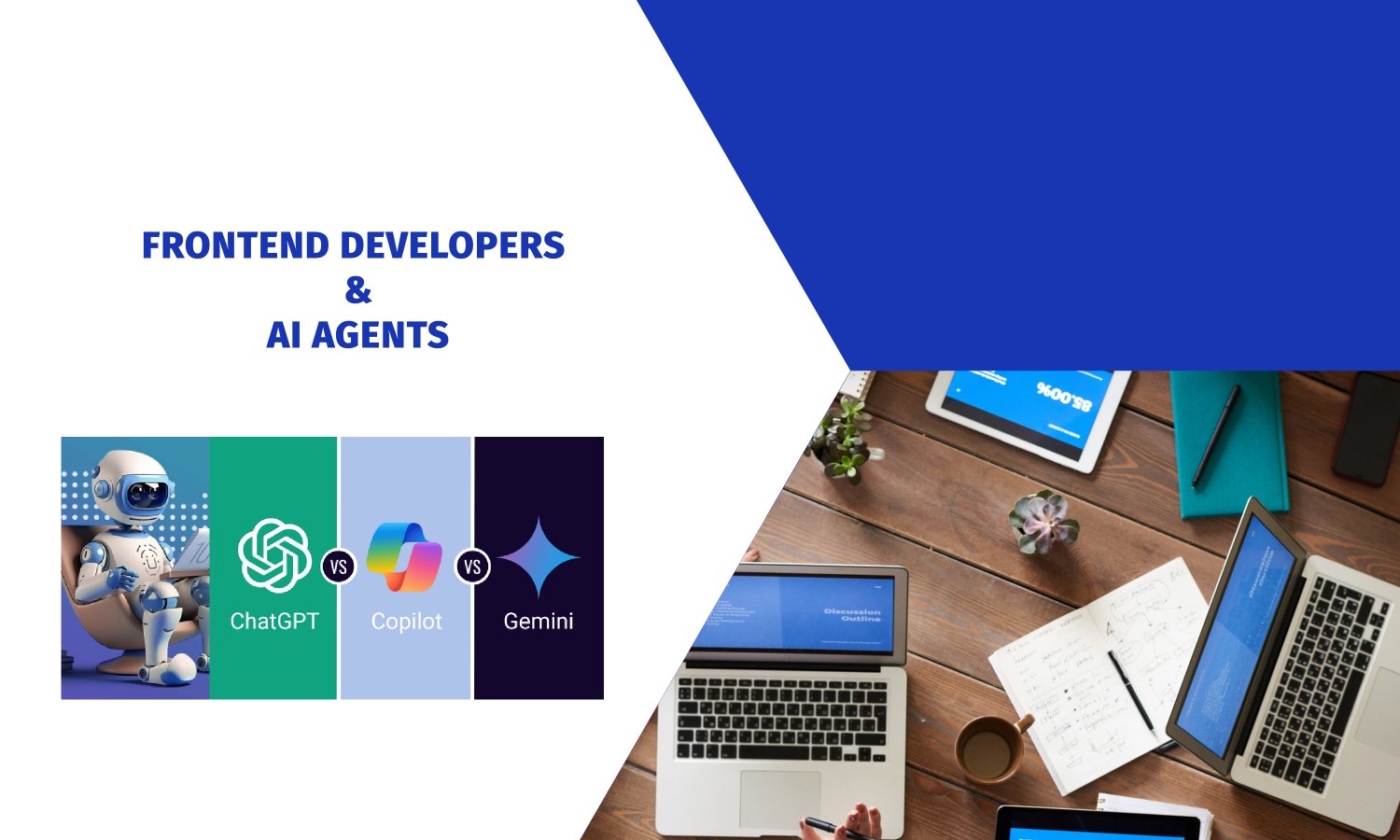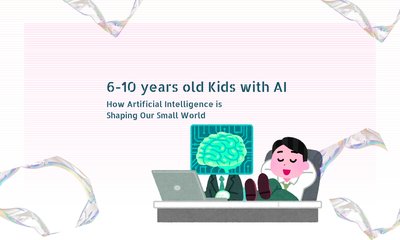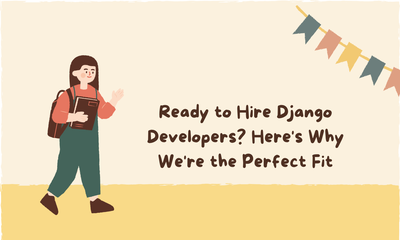How AI is Changing UX & Design Engineering – What Juniors Need to Know
By hientd, at: April 15, 2025, 3:37 p.m.
Estimated Reading Time: __READING_TIME__ minutes


Artificial Intelligence is transforming the way we design and build digital experience, it is never as before. From layout generation to automated testing, AI is no longer just a buzzword, it’s a daily tool in the UX and design engineering world.
For senior designers and experienced design engineers, AI is a powerful accelerator. But for junior designers and freshers, it raises important questions:
“Will I be replaced?”
“What should I focus on now?”
“Where do I still add value?”
This article explores how AI is impacting UX and design engineering—and how newcomers can adapt and stay valuable in this fast-changing landscape.
Where AI Is Changing the UX/Design Workflow
1. Design Suggestions & Templates
AI-powered tools like Figma’s autocomplete, Galileo AI, and Uizard now offer automatic layout suggestions, color palette matching, and component variations sometimes in seconds.
2. Content & Microcopy Generation
AI helps generate placeholder content, button labels, onboarding copy, or even UX writing in context, saving time on blank screens.
3. Design-to-Code Tools
AI-enhanced platforms like Anima or Framer can turn designs into responsive code. For design engineers, this shrinks the gap between design and delivery.
4. Usability Testing & Feedback
AI tools now analyze user behavior, heatmaps, or screen recordings to suggest UX improvements without needing hours of manual review.
5. Accessibility Automation
AI can scan for contrast issues, alt text, focus traps, and even auto-suggest fixes for accessibility compliance.
Why Senior Designers Adapt Easily
Senior UX designers and engineers:
-
Have built a deep understanding of human behavior and user psychology
-
Know how to critique and refine AI-generated layouts or copy
-
Recognize why something feels right or wrong, not just whether it’s functional
-
Focus on strategy, flow, and storytelling - all skills that AI still can’t replicate
They use AI to automate routine tasks, so they can spend more time crafting intentional, user-centric experiences.
The Challenge for Juniors and Freshers
AI now does a lot of what juniors traditionally did:
-
Create layout drafts
-
Write onboarding flows
-
Generate responsive design templates
-
Fill in button copy or tooltips
That means junior designers can’t just bring execution skills. They need to bring value beyond what AI can generate.
How to Stay Relevant as a Junior in the Age of AI
1. Build Strong Design Fundamentals
AI can mimic layouts, but it doesn’t understand them. You should.
-
Study spacing, hierarchy, color theory, typography, accessibility, and layout balance.
-
Learn to recognize good design without relying on templates.
-
Understand what makes user flows intuitive vs frustrating.
2. Learn Human-Centered Design
AI doesn’t empathize. You do.
-
Practice journey mapping, personas, and user interviews.
-
Ask why users behave a certain way, not just what they click.
That’s where you bring insight that AI can’t replicate.
3. Use AI to Prototype, Then Refine
Let AI give you a head start, but don’t stop there, keep these iterations until you are satisfied.
-
Refine layouts
-
Add emotional detail
-
Ensure consistency with brand tone and values
-
Optimize interactions and edge cases
Treat AI like your junior assistant, not your replacement. Tell AI what to do, how to think and think in different ways. You can also do roles-playing game with many AI as employee, consultant, seniors and boss.
4. Develop Your Communication & Critique Skills
AI won’t join meetings or explain design decisions.
-
Practice giving and receiving design feedback.
-
Learn to articulate why you chose a particular pattern, interaction, or layout.
This soft skill becomes a major differentiator.
5. Learn a Bit of Code
Even basic knowledge of HTML/CSS or React can help you collaborate better with engineers, and understand design constraints more clearly.
Bonus: design engineers who code + use AI tools = super valuable.
Final Thought
AI is transforming design and UX, there’s no denying that. But it’s not replacing humans who understand humans.
As a junior designer or design engineer, your superpower is your ability to think critically, communicate clearly, and empathize deeply. AI can assist with speed and structure however you bring the meaning, emotion, and real-world context.
“AI can help build the product. You help shape how it feels.”
Adapt. Stay curious. And never forget: great design starts with understanding people, not just pixels.



![[Useful Site Review] visily.ai](/media/filer_public_thumbnails/filer_public/60/a0/60a0d519-27a8-4c28-981f-df1a821f1ff0/useful_site_review_visilyai.png__400x240_crop_subsampling-2_upscale.png)

